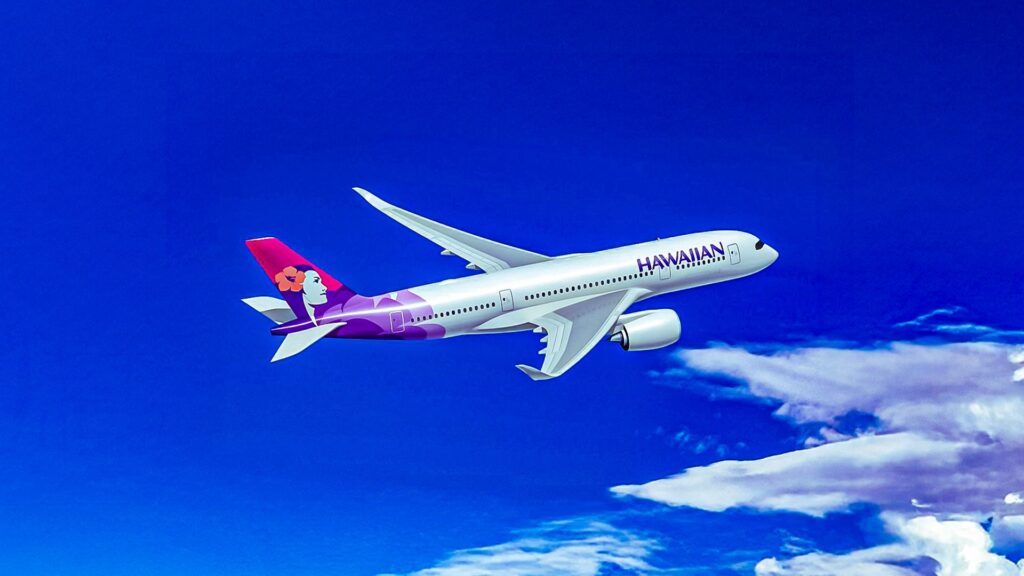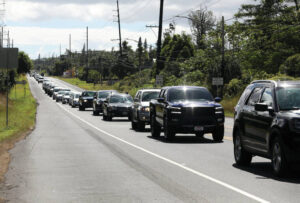
In a significant shift in its long-haul fleet strategy, Hawaiian Airlines has transitioned from an original order of Airbus A350-800 aircraft to the Boeing 787. This decision reflects changing market dynamics and the airline’s need for operational flexibility. The airline initially ordered six Airbus A350-800 models in 2008, alongside six Airbus A330-200s, as part of a plan to modernize its fleet for long-haul flights. However, as the A350-800’s production faced challenges, Hawaiian Airlines ultimately opted for a different path.
The Airbus A350-800 was intended to enhance Hawaiian’s operational capabilities, providing a next-generation aircraft designed for long-haul routes. Despite initial optimism, the A350-800 struggled to gain traction in the market, facing stiff competition from the larger Airbus A350-900 and the newly revamped Airbus A330neo. By 2014, Hawaiian Airlines revised its strategy, replacing its A350-800 order with six Airbus A330-800neo models, seeking a more viable option that still aligned with its long-term goals.
Hawaiian Airlines’ pivot to the Airbus A330-800neo was seen as a logical step at the time. The aircraft promised modern engines and an upgraded cabin experience comparable to the A350-800. However, the A330-800neo also encountered challenges, failing to attract a broad customer base. This prompted Hawaiian Airlines to reevaluate its options once more, leading to its decision to cancel the A330-800neo order and turn towards the Boeing 787.
As the airline assessed its long-haul fleet strategy, it recognized the advantages of the Boeing 787, which had gained popularity among global carriers. The move to secure the Boeing 787 allowed Hawaiian Airlines to align with a platform that offered better operational efficiencies and a larger support network. This transition enabled the airline to streamline pilot training and improve financing options, ultimately enhancing its long-haul capabilities.
The evolution of Hawaiian Airlines’ fleet strategy highlights the shifting landscape of the aviation industry. The Airbus A350-800, dubbed by some as the “widebody that never was,” failed to secure its place in the market, primarily due to a lack of demand and competitive offerings. Industry analysts noted that the aircraft’s lower capacity and less favorable economics made it less appealing for operators like Hawaiian Airlines, which had originally based its long-haul strategy on the A350-800’s expected capabilities.
In recent developments, Hawaiian Airlines has integrated its operations into the broader strategy of the Alaska Air Group following a merger that was finalized in September 2024. The airline is now utilizing its widebody fleet to expand its long-haul network from Seattle, focusing on deploying Boeing 787-9s for transpacific routes. Reports indicate that some orders are being converted to larger Boeing 787-10 models to accommodate increased demand.
Currently, Hawaiian Airlines operates a fleet that includes 24 Airbus A330-200 aircraft and 4 Boeing 787 aircraft. The airline’s strategy is centered on increasing its premium service offerings while stabilizing capacity and improving overall yields. The goal is to optimize its fleet for both operational efficiency and customer satisfaction, ensuring that flights are filled and that unit costs remain competitive.
The journey of Hawaiian Airlines from the Airbus A350-800 to the Boeing 787 illustrates the complexities of aircraft selection and fleet management in a rapidly changing market. While the Airbus A350-800 held promise for the airline, its eventual cancellation underscored the importance of adapting to market realities. As Hawaiian Airlines continues to refine its long-haul strategy, the lessons learned from this experience will undoubtedly shape its future decisions in fleet management and operational planning.






